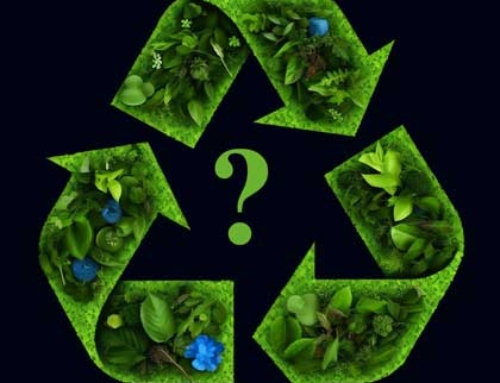The brand Pandora has decided to abandon diamonds from mines and use only synthetic stones, made in a laboratory. But is the manufacturing process really more ecological?
For the jewelry industry, it’s another dam that breaks. Last Tuesday, the Danish company Pandora, a specialist in entry-level jewelry, announced its intention to abandon natural diamonds and focus on synthetic diamonds. The new collection presented in London was produced with an average of 60% renewable energy, and this figure should reach 100% next year, the brand said.
Artificial diamonds are not new. The manufacturing process of artificial stones is even centenary but their arrival on the jewelry market is more recent. In France, the jeweler Courbet has made it its trademark, targeting new generations sensitive to the conditions of extraction of natural stones. In 2018, the world’s No. 1 diamond maker De Beers also struck a chord by offering a range of synthetic diamonds, while continuing to promote natural stones within the Diamond Producers Association (DPA).
It is difficult to differentiate the two crystals. In both cases, we speak of crystallized carbon. The ones in the mines are sometimes millions of years old, the ones in the laboratory barely a few weeks old. However, the structure is the same. Creating “cultured” diamonds is a well-tried method, which began in the early 20th century.
After the Second World War, the first artificial diamonds were first used in industry, but it was in 1971, with the development of the HPHT (High Pressure, High Temperature) technique, that the artificial diamond took off. In recent years, the method has been further refined to provide even greater precision and achieve near-perfect diamonds. Another method, by low temperature, is also used since the early 2000s with impressive results.
The carbon footprint, a communication issue
Synthetic stones are obviously controversial, some fearing a devaluation of natural diamonds while others bet on a price inflation for “real” diamonds. The question of the origin of natural diamonds (bloody conflicts, child labor…) is also an argument of the laboratories even if the miners make sure of the origin of the stones sold. But between supporters and opponents, the carbon footprint has also become a communication issue.
Courbet, for example, presents itself as an “ecological jeweler“. For the brand, synthetic diamonds generate less C02 than natural ones. Open-pit mines require a lot of space, water and energy. However, laboratory production requires a lot of energy.
In 2019, the DPA thus commissioned a report on the ecological impact of the mining sector from Trucost, a subsidiary of S&P Global. A natural diamond (one carat) would thus emit an average of 160 kilograms of C02… against 511 kg for an artificial diamond.
“The terrestrial environmental footprint of DPA members’ diamond mining operations is low due to the relatively small size of the operations, the small amounts of chemicals used, and the recycling of water (82% recycled),” the report states. For artificial diamonds, it is mainly the energy expended (especially for HPHT) that drives up the score.
The advantage of nuclear power
A version disputed by the manufacturers of synthetics. For the founder of Diam Concept, which supplies Courbet, it is the origin of the energy that must be looked at. If coal is often the standard in the industry in China, France uses mainly nuclear electricity in its energy mix. “That’s about 20kg of CO2 per carat” for the low-temperature method. “That’s ten times less than the best mines we know.”
Courbet is also sourcing from the U.S. with solar power and Russia with hydro power. And that’s another similarity to natural stones: diamonds aren’t necessarily dirty.







